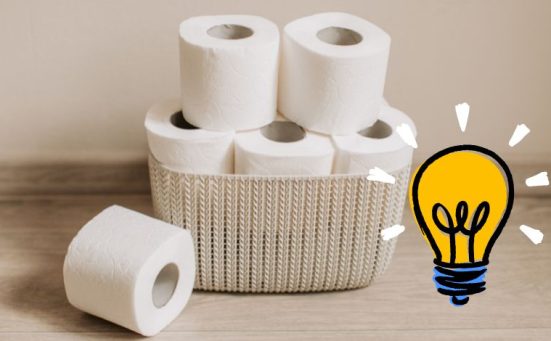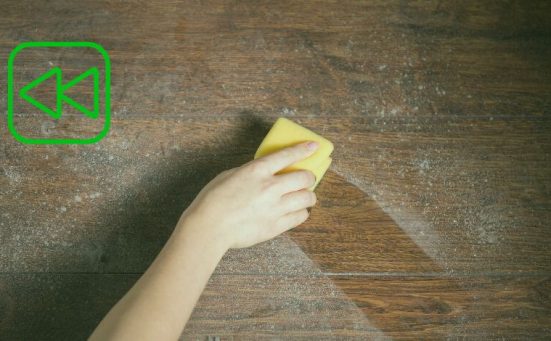How To Clean Black Mould Off Bathroom Silicone Sealant (natural & cheap methods)
It’s an unfortunate fact of life, black mould forms in bathrooms and especially on bathroom silicone sealant. Fortunately, it’s not that difficult to deal with and there are a number of ways to tackle this unsightly problem. Let’s look at ways to remove the black mould that’s currently causing you problems and then look at ways to prevent it from reforming.
How To Remove Black Mould From Silicone Sealant Using Natural Ingredients
Mould forms in damp areas where water accumulates which makes your bathroom the perfect breeding ground. The mould spores enter your home on clothes, pet fur, or even on the breeze but they need moisture to breed and colonise. Which is why they show up so often in bathrooms and particularly on the areas where joins are covered by any kind of sealant.
As black mould is organic, it can be removed organically but it will take some muscle as well. You might want to call in an expert to remove the black mould but you can start by using some natural home remedies that you will almost certainly already have in your home.
Caution:Even though all of the following products are natural, they can still cause skin irritation so be sure to wear rubber gloves whilst using these products.
Also we suggest using an old toothbrush or similar to remove stubborn mould patches, take care to not apply too much pressure which could lead to damaging the sealant.
Tea Tree Oil Solution
Tea tree oil is a natural antibacterial and fungicide and one of the safest options available for removing black mould, plus it has enough strength to keep the mould away. Make a mixture to a ratio of one teaspoon of tea tree oil to one cup of water. Add to a spray bottle and spray the affected area, ensuring you cover the whole area completely. Leave for around 60 minutes then wipe away using a dry towel or microfibre cloth.
Lemon Juice
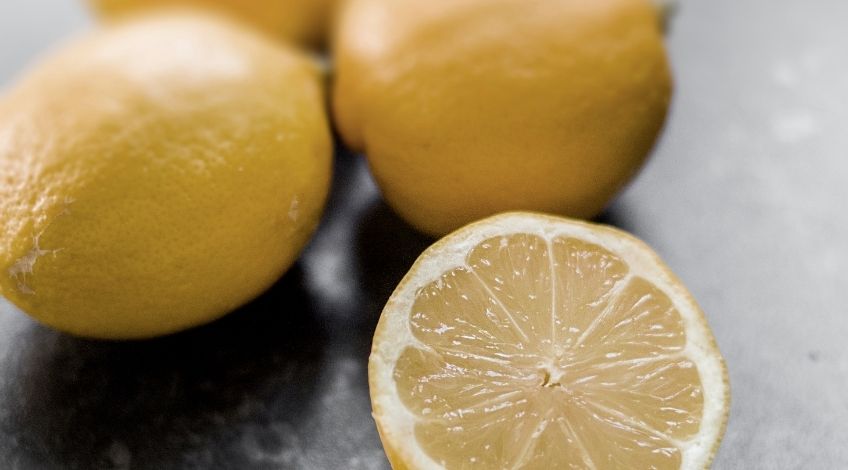
Lemon juice is probably the weakest option to use but if it’s all you have it’s a good start and it leaves your bathroom smelling amazing. Just squeeze 3 to 5 lemons and collect the juice. Pour the juice onto the affected areas and allow to sit for 5 to 10 minutes. Then wipe away using a dry towel or microfibre cloth. An old toothbrush can be used to help remove stubborn areas of mould.
Grapefruit Seed Extract
Grapefruit seed extract is a great product to have at home for a number of reasons including easing tired muscles, toning the skin, acne, oily skin, hair growth, and combating viral, bacterial and fungal infections. It’s a natural disinfectant and the natural acids it contains makes it great for removing black mould and for preventing its return.
Mix 10 drops of grapefruit seed extract to every cup of water and pour into a spray bottle. Depending on the degree of severity of the black mould infestation, leave the solution to sit for between 10 to 60 minutes before wiping away using a dry towel.
Hydrogen Peroxide
Hydrogen Peroxide is antiviral, antibacterial and antifungal, natural and safe to use for both humans and the environment. Mix 3% hydrogen peroxide in a 1:2 ratio (one part hydrogen peroxide to two parts water) pour into a spray bottle and cover the affected area completely. Allow the solution 10 minutes to work before scrubbing at the mould using an old toothbrush or similar. Wipe away any residue mould with a dry towel and allow the area to dry.
Baking Soda
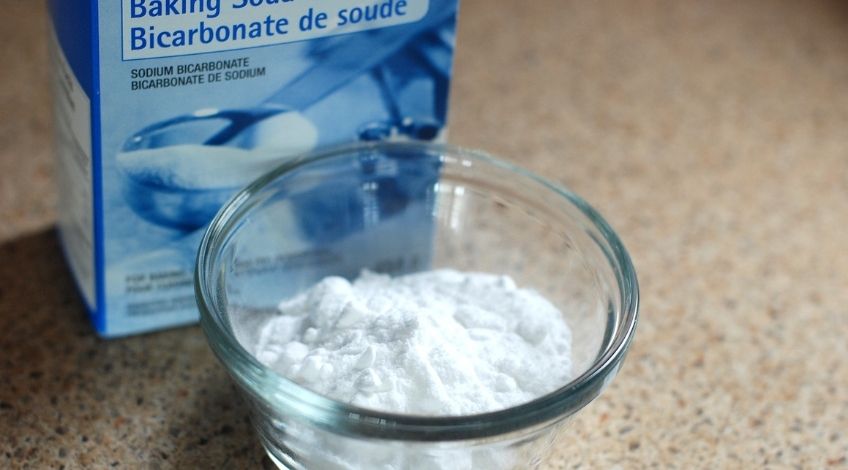
Baking soda is 100% safe to use around pets and children and can be effective against black mould although it’s more often used to prevent the return of mould after it has been removed. Make a 50/50 mixture of baking soda and water into a smooth paste and apply this paste directly to the black mould. Then use an old toothbrush or similar to scrub the mould away.
Next mix 2 tablespoons of baking soda with 2 cups of water and pour into a spray bottle. Spray the whole area that has just been scrubbed and allow the liquid to dry in situ to form a protective barrier to prevent regrowth.
White Vinegar
Distilled white vinegar is antibacterial and acidic which makes it perfect for dealing with black mould. Pour white vinegar into the spray bottle neat and spray the affected area then scrub with the toothbrush, rinse using more vinegar and allow to dry. Once dry, wipe over with a damp towel to ensure all remnants of mould are gone.
How To Remove Black Mould From Silicone Sealant Using Chemicals
So far we’ve covered the natural ways to remove black mould from silicone sealant. Those natural ingredients do work but can also be time consuming. If speed is of the essence but you still want a clean, mould free bathroom you might want to try a store bought product. There are plenty on the supermarket shelves and they all claim to do the same thing.
In all honesty many are very similar to our natural remedies or contain our next ingredient. So although you could go down the supermarket mould removing product route, we would advise you to save your money and instead use something stronger that you’re sure to already have in your home.
Bleach
Bleach will definitely kill black mould on your silicone sealant but you do need to take extra precautions. Bleach is toxic and corrosive. You should never use it neat and you should always wear gloves and a mask and goggles to prevent any harm to your health. Also be sure to wear old clothes as bleach will change the colour of material. Ensure the room is adequately ventilated before applying bleach.
If you decide to use bleach to remove the mould in your bathroom, always make a weak solution (no greater than 1:10 solution, one part bleach to 10 parts water).
Pour the mixture into a spray bottle and spray the affected areas. Then cover using cotton wool or rolled up toilet roll or kitchen towel. Push the paper/wool tightly onto the bleached mould area and spray with more bleach and leave for around 60 minutes (longer if there was lots of mould) Then remove the paper/wool and rinse using clean water.
How To Prevent Black Mould
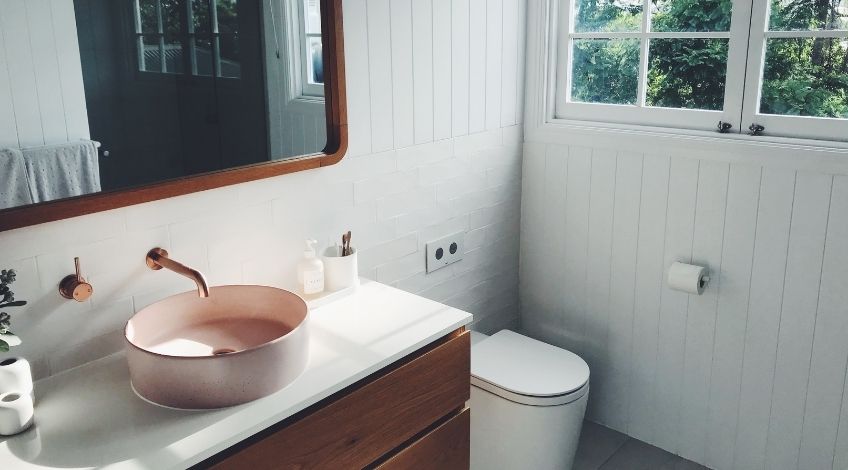
Black mould can enter your home in a number of ways; on clothes, pets and even in the air. We can’t keep the spores out of our home but we can prevent them from forming into breeding grounds in our bathrooms etc. Mould needs a damp environment to thrive which is why mould is often found in bathrooms.
By removing as much of that dampness as possible you can help to keep your bathroom mould free or at least cut down on the amount of mould that breeds in your bathroom.
To prevent mould from getting a foothold in your bathroom, always take the time to dry the bath/shower after every use. Ensure good ventilation too by opening the window and installing a good extractor fan. If there are any leaks in your bathroom be sure to get them fixed.
If your silicone sealant is heavily stained and after cleaning, it still looks tired, remove it and replace it with an anti mould silicone sealant.
Never leave wet laundry in a bathroom overnight and remove all damp towels, bath mats etc. By removing as much damp as possible from your bathroom you are making conditions unsuitable for mould growth. This means less unsightly black mould and less hard scrubbing for just a few seconds of drying up after showering.
Why Is Black Mould A Problem?
Not only does black mould look unsightly and give the impression that your house is dirty. It also can be detrimental to your health. According to the NHS[1] if you have damp and mould in your home you’re more likely to suffer from respiratory problems,like asthma and allergies, and mould can also have a detrimental effect on your immune system.
There are certain groups who will be more sensitive than others these include;
- The Elderly
- Babies
- Young Children
- Eczema Sufferers
- Asthma Sufferers
- Those With Weakened Immune Systems (like chemotherapy patients)
Moulds produce substances known as allergens which are substances that can cause allergic reactions in some people. Some allergens are irritants and in some cases they can be toxic which is why it’s important to remove black mould as soon as possible.
Also, follow us on Pinterest ...


